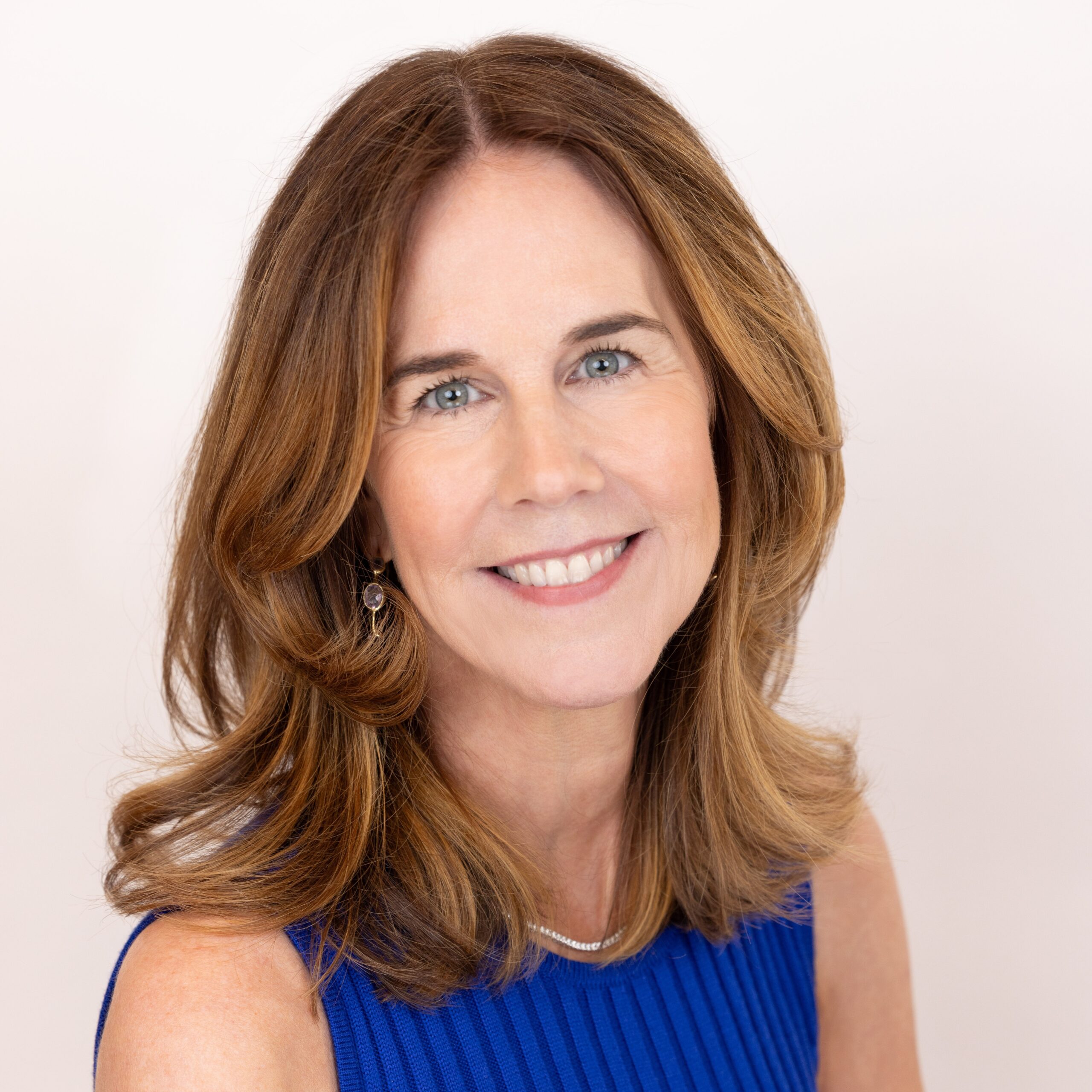Legacy Before Logistics: Choosing Between a Foundation and a Donor-Advised Fund
Philanthropy is one of the clearest ways families express values, extend legacy, and connect generations. Yet while 71% of family offices are engaged in charitable giving, only 41% have a formal philanthropic strategy. The decision isn’t just how much to give, but how to structure giving so it supports purpose, governance, and family identity.
Philanthropy Today: Scale and Shifts
Family giving has expanded dramatically. The National Center for Family Philanthropy’s Trends 2025 report shows that nearly half of family foundations now manage assets of $10 million or more, up from just 26% in 2020. More than one-third granted $1 million or more in the past year. And according to the Council on Foundations, more than half of all private foundations in the U.S. are family-run, underscoring their role in sustaining multigenerational philanthropy.
Family giving is also becoming more strategic. NCFP reports that one in five family foundations plan to increase their payout rates, and 74% now focus their giving on specific issues such as education, the environment, or human rights. This shift underscores that philanthropy is not just about reactive giving but about strategic giving aligned with family purpose and societal impact.
Donor-advised funds (DAFs) are also booming as the vehicle of giving. Between 2016 and 2022, the number of DAF accounts grew by 572%, and the total dollar value of contributions rose 239%, according to the Urban Institute. By 2023, charitable assets in DAFs exceeded $250 billion, with annual payouts averaging nearly 24% of assets — well above the 5% minimum required of private foundations.
Families today face more choice than ever, and both vehicles continue to evolve. Those choices can be clarified through family responses to a series of questions:
Question 1: How Much Control Do You Want?
Foundations give families maximum control. A board directs investments, chooses causes, and shapes how the foundation evolves. But, that autonomy comes with obligations: governance, compliance, and a required 5% annual payout.
DAFs shift control to the sponsoring organization. Families recommend grants, but legal ownership and investment oversight remain with the institution. For many families, that convenience is compelling. Others may prefer the responsibility of a foundation precisely because it forces governance and a formal process for decision-making.
Question 2: How Do You Define Your Legacy?
Foundations create a visible philanthropic identity. They can formalize multigenerational engagement, with Rising Gen members joining boards and committees. For families who want their giving to be a public marker of values, this structure reinforces legacy.
For example, some families establish junior boards within their foundations, where Rising Gen members research causes and make small grants. This creates hands-on experience in stewardship while reinforcing the family’s collective identity.
DAFs provide privacy and flexibility. Families can give anonymously, support causes that might be sensitive, or establish multiple accounts to reflect the interests of individual family members. Many families use DAFs as “sidecars” alongside a foundation, allowing individual members to pursue personal causes while the foundation maintains a broader mission.
DAFs also offer a safe way to give to causes that may be underfunded or politically sensitive. Whether supporting emerging nonprofits or advocacy groups, anonymity can be valuable in protecting family privacy while advancing impact.
Question 3: How Do You Balance Simplicity and Responsibility?
Foundations operate much like businesses. They require annual reporting to the IRS, staff or advisors to manage compliance, and now face changes to the excise tax on investment income. The longstanding 1.39% flat excise tax has been replaced by a tiered structure under the “One Big Beautiful Bill, raising costs for larger foundations. These requirements can feel burdensome, but they also instill discipline and ensure philanthropy remains a serious family enterprise.
DAFs are simple to establish — often in a day — and require minimal administration. They also offer more favorable tax deductions: up to 60% of adjusted gross income for cash gifts and 30% for appreciated assets (compared to 30% and 20% respectively for foundations). This makes them attractive when families want to move quickly, perhaps in response to a liquidity event or a new opportunity.
Beyond the U.S.
Both foundations and DAFs are U.S.-specific structures. Families with global footprints should keep in mind that every jurisdiction has its own rules. European foundations are governed by diverse national laws, while in India, private foundations are not formally recognized. Cross-border families need advice tailored to where they give and where they live.
Finding the Right Mix
The decision isn’t always either/or. Many families establish both: a foundation to anchor governance, identity, and Rising Gen involvement, and DAFs for flexibility, privacy, or efficiency. The right blend allows families to meet collective goals while empowering individuals.
Conclusion: Start With Purpose
Choosing between a foundation and a DAF is not about mechanics — it’s about purpose. Families should begin by asking: What impact do we want our giving to have, and how do we want future generations involved? With clarity on those questions, the right structure — or combination — becomes clearer.
At Wingspan, we advocate that structure follows purpose. Families who begin with strategy — asking what legacy they want to leave, how to engage the next generation, and where they want their philanthropy to make a difference — find that the mechanics of choosing between a foundation and a DAF fall naturally into place. Philanthropy, in this sense, is more than a financial choice. It is an opportunity to strengthen family connection, pass down values, and shape a legacy that endures.
—–
For more content, check out all of our Wingspan Insights




